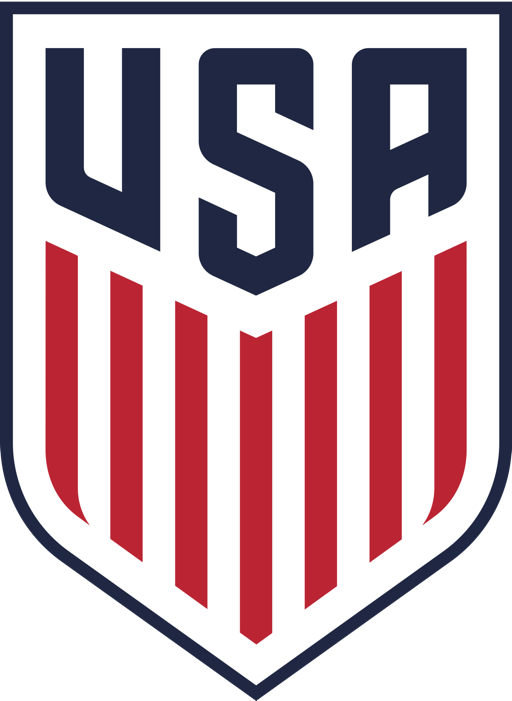Most sporting good stores or soccer specific stores offer balls made by different companies. The balls can differ in materials, method of construction, and overall strength. Some balls may be better suited to practice than games, some balls are ideal for indoor soccer, and there are specialty or ‘mini’ balls as well that can also be helpful in practice.
Representatives from soccer’s international governing body, FIFA, regularly inspect and rate the highest quality soccer balls on the market. Basically, if balls meet certain requirements, they are marked with the official FIFA Inspected or FIFA Approved seal, which makes them acceptable for international and domestic play in the six major world confederations.
There are two levels of criteria for the designations. Balls applying for the category ‘FIFA Inspected’ or the technically equivalent ‘International Matchball Standard’ seal must pass the following six rigorous laboratory tests:
- Weight
- Circumference
- Sphericity
- Loss of Air Pressure
- Water Absorption
- Rebound
Balls applying for the higher ‘FIFA Approved’ mark must pass the six tests at an even more demanding level and must undergo an additional test: Shape and Size Retention (Shooting Test)
Finally, there are different requirements for indoor soccer balls, including a balance test.
Eurosport, a national soccer equipment sales company, also rates balls using a three-tiered system. Using the results of FIFA tests, the company then designates its balls in the following ways:
Premium Match balls contain the highest manufacturing materials available in the ball’s cover, backing, and bladder. They have passed FIFA “tests” on circumference, shape, rebound, weight, loss of pressure, and water absorption.
Second-tiered Match balls are recommended for games and high training environments. The materials of the cover and bladder are selected for a combination of responsive performance and durability.
Finally, Training balls are high quality and durable, with cover material suitable for all field surfaces.
Because balls receive different ratings systems based on the value of their materials and construction, they will therefore have different prices. To follow is a brief outline of the different components that affect the assessment and rating of a soccer ball:
Covers
Covers are made of synthetic leather and not real leather because leather absorbs more water, making the ball heavy. Synthetic leather is typically made from PU (polyurethane) and PVC (poly vinyl chloride). There are many variations of synthetic leather used in the construction of soccer balls.
Panels
The number of panels on the cover varies from ball to ball, but the 32-panel is the most common and is usually used in international matches. A 32-panel ball contains 20 hexagonal shapes and 12 pentagonal shapes. This creates a near perfect sphere when sewn together and inflated. Other variations include an 18 and 26 panel construction.
Panels can be either stitched or glued. Highest quality balls are stitched by hand or machine. Hand-sewn balls are stronger and pricier. Lower-end balls are glued, giving the ball a harder feel.
Lining
Multiple layers of lining lie between the cover and the bladder. These layers are composed of polyester and/or cotton that is bonded together to give the ball strength, structure and bounce. Professional soccer balls usually have four or more layers of lining.
Bladders
The bladder holds the air in the ball. Bladders are usually made from latex or butyl. Butyl bladders retain air for longer periods of time than latex, but latex bladders tend to provide better surface tension. However, butyl bladders offer the excellent combination of contact quality and air retention. Most balls also use butyl valves for air retention, with higher end balls using a silicone-treated valve for superior performance. Silicone treated valves are used on some balls for smooth insertion of the inflating needle and added protection from air loss. When you first receive a ball, (especially an expensive one!) a good idea is to put a few drops of silicon oil in the valve. This will provide easier needle insertion and better air retention.
There are dozens of different types of balls on the market in different price ranges. Prices start around $20 and go to as much as $150 for a ball that may look identical to a lower priced version. This higher price comes from the quality of materials and the method of stitching.
Ball size 5 is most suitable for ages 13 and up; size 4 is suitable for U9 and U12, and size 3 is recommended for U8 and younger. All adult play, including international, uses the size 5 ball. Another option for practice purposes is the mini-ball, usually a size 1 or 2, great for honing skills and improving coordination. For indoor soccer, specific balls are typically covered with a type of felt, similar to a tennis ball, and have a different number of linings to retain bounce.




